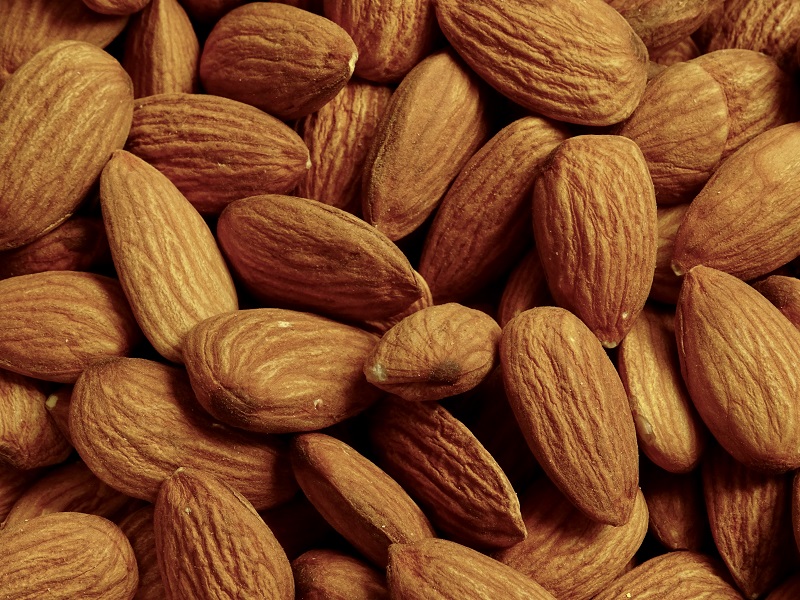How Much Is the Pistachio Industry’s Economic Impact? Try $10,000 a Minute
It’s no secret that California’s pistachio industry has been growing at a feverish pace for many years, changing the landscape of the state’s agriculture. But what many didn’t realize is the massive impact the industry has been having on the state’s economy in general.
That’s the conclusion of economic impact studies commissioned by American Pistachio Growers (APG) and conducted by Tootelian & Associates to quantify how spending by growers and processors sparks business activity, grows jobs and labor income, and contributes indirect business taxes.
In California, the dominant force in U.S. pistachio production, with 98% of the nation’s supply and more than 485,000 planted acres in 2020, the data show a significant and growing impact that ripples through the economy of the Golden State.
“When a grower spends money, that creates new business for other organizations, which means jobs and labor income, and it also creates business taxes,” company owner Dennis H. Tootelian says.
California growers and processors spent more than $2.8 billion in 2020, averaging more than $7.7 million a day. In terms of total economic impact, the best measure of economic activity, the data show the state’s growers and processors created $5.2 billion in economic output, the equivalent of more than $10,000 every minute in 2020.
California’s pistachio industry resulted in more than 47,200 jobs on a full-time equivalent basis in 2020. Grower spending generated more than 21,000 jobs, and processor spending generated nearly 26,200 jobs, according to the data.
Tootelian found California growers and processors generated nearly $2.5 billion in labor income in 2020.
“These dollars are diffused throughout the state’s economy as workers spend their income on an array of goods and services,” he says.
Planting Boom
A significant factor driving economic impact in California since his last study in 2016 has been grower investment in new pistachio plantings. From 2016 to 2020, Tootelian notes that growers added 173,540 acres of pistachios, an increase of 56%. This surge in acreage alone resulted in nearly $1.9 billion in economic impact to California.
“The real ‘wow’ factor in this whole thing is the huge jump in acreage in the last four years. Growers’ investment in new acreage equated to more than $5.1 million per day and $10,777 per acre,” Tootelian says. “This meant more than 16,800 jobs, nearly $883.7 million in additional labor income, and nearly $68.4 million in added indirect business taxes.”
The data calculated the total indirect business taxes from California growers and processors at $191.9 million in 2020, or the equivalent of $525,000 per day.
“The impact of the economic output of the pistachio industry in California is huge in the agriculture sector, but it also permeates nearly every other sector in the state ― from real estate, construction, insurance, professional services, and retailing,” Tootelian says.
Total Impact
APG President Richard Matoian says they commissioned the study because it’s important that people recognize the impact of a crop that’s still relatively new among the state’s many crops.
“Go 10, 20 years ago, you don’t see pistachios much on the radar,” he says. “But we’re now one of the top five commodities grown in California, and the second- highest exported commodity from the state of California.”
For the record, milk products are No. 1. And while there are more almonds exported in terms of weight, Matoian says pistachios rank second in economic value.
“People in ag, who know what’s being grown, they know pistachios are really expanding,” he says. “But those not in ag aren’t really aware. We wanted to get more recognition for this growing commodity.”
As for the astounding growth in recent years, Matoian says there are four key drivers. The most obvious is the healthy profits growers have been getting for the past decade. But the labor landscape has also had a lot to do with it, as growers seek to lessen their reliance on labor by planting more mechanized crops.
The other two factors have more to do with the nature of pistachios, Matoian says. First, they require less water than virtually all other tree fruits or nuts. “Pistachios are a desert plant,” he says. “You can’t cut water and get production from an almond tree, but pistachios will do just fine. It appears we’re on the cusp of another drought like we had in the mid-teens (2013-2017), and growers are looking for crops that do well in low-water situations.”
Pistachios’ other advantage is that they can tolerate poorer soils, especially those high in salts, which is absolutely critical for many growers on the west side of the San Joaquin Valley, where the ground water is notoriously salty.










